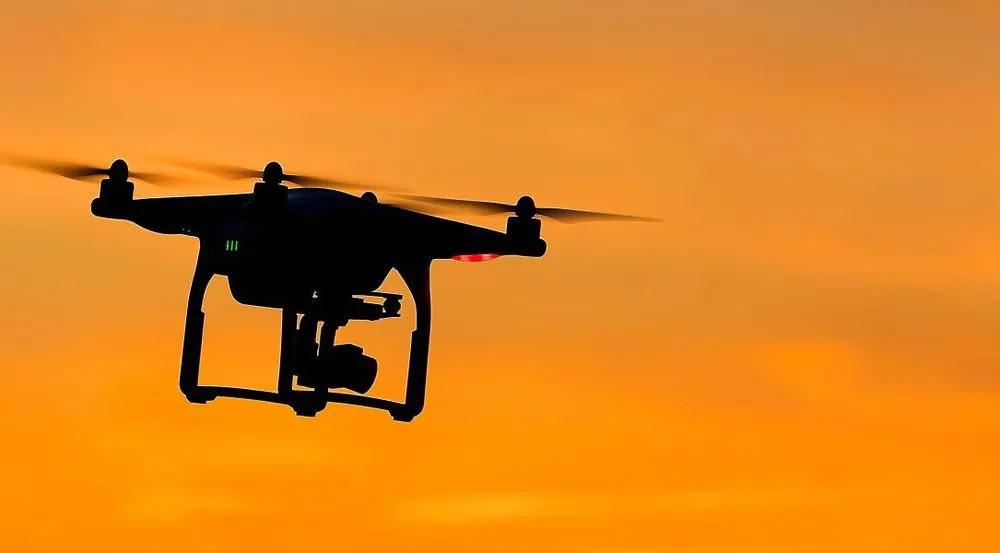Report: China’s PLA has made ‘extraordinary progress’ in procuring AI for combat
China’s People’s Liberation Army (PLA) appears to be spending about the same as the U.S. military on artificial intelligence, or AI, and has made ‘extraordinary progress’ in procuring AI systems for combat and support operations, according to a new report.
The Center for Security and Emerging Technology, (CSET) at Georgetown University went through tens of thousands of PLA procurement records and lays out what it discovered in a new report called Harnessed Lightning: How the Chinese Military is Adopting Artificial Intelligence. Their conclusion: China is moving swiftly to make AI an integral part of its military modernization efforts.
“Chinese leaders view AI as the key to transforming the PLA into a ‘world-class,’ globally competitive military force,” the authors of the report wrote. “The PLA hopes to use AI to generate asymmetric advantages vis-a-vis the United States, which it regards as a ‘strong enemy,’ but also a role model for AI-development.”
The researchers analyzed 343 AI-related contracts awarded by PLA units and state-owned defense companies to get a sense of the Chinese military’s AI strategy. Among other things, an analysis of their spending priorities, the report said, suggests the PLA is particularly focused on the development of autonomous vehicles, and using AI and machine learning to sharpen intelligence analysis, information warfare, and target recognition.
Procurement records, even though they are public, provide strong clues as to strategy and intention because militaries typically don’t have unlimited resources, so tracking where leaders decide to spend their money can be both meaningful and instructive.
With that in mind, CSET went through more than 66,000 procurement records -- everything from requests for proposals to awarded contracts -- published between March 30 and December 1, 2020.
Among the things they discovered: as a general matter, PLA units don’t do their own buying. Instead, it appears that state-owned enterprises like the Aviation Industry Corporation of China, and China Aerospace Science and Technology Corp and their subsidiaries approve most of the AI purchases.
The study found that the PLA is adopting AI in seven discrete areas:
- intelligent and autonomous vehicles (particularly airborne and underwater vehicles)
- predictive maintenance and logistics
- intelligence, surveillance and reconnaissance (ISR)
- information and electronic warfare
- simulation and training
- command and control
- automated target recognition
There were about 120 awarded contracts for autonomous vehicles compared with just over 60 for ISR, the report said.
The Chinese seem particularly interested in swarms of drones, it said. Last year, China awarded contracts to develop air-launched drone clusters and bought much of the technology necessary to make them work -- like self-organizing UAV communications systems and collision avoidance sensors. (These drone swarms first came into public consciousness during the opening ceremony of the Winter Olympics in South Korea in 2018 when lighted drones flew in formation like obedient constellations across the night sky.)
While the exact amount PLA spending on AI is hard to pinpoint (since many of their AI purchases are likely classified), the CSET researchers reckon the Chinese military is spending between $1.6 billion and $2.7 billion on AI-related technologies a year, which would put its AI spending on par with that of the U.S. military.
Even the high end of that range is a far cry from the number that has been bandied around Washington, D.C. for years. The Chinese government had been projected to spend some $70 billion on AI by 2020, just a few years ago. The figure came from a speech by a top U.S. Air Force general in 2018, but the numbers have never been substantiated. Instead, what that speech ended up doing is stoke concerns that the U.S. is lagging in the AI arms race with China.
Earlier this year, the Record reported on a CSET paper that said at least six major Chinese universities linked to government hacking groups were studying the intersection of cybersecurity and machine learning. The paper, titled “Academics, AI, and APTs,” warned that the research conducted in these Chinese universities today could find their way into the techniques used by Chinese state-sponsored hackers (APTs).
The six universities named in earlier report include Hainan University (海南大学), Southeast University (东南大学), Shanghai Jiao Tong University (上海交通大学), Xidian University (西安电子科技大学), Zhejiang University (浙江大学), and the Harbin Institute of Technology (哈尔滨工业大学).
Dina Temple-Raston
is the Host and Managing Editor of the Click Here podcast as well as a senior correspondent at Recorded Future News. She previously served on NPR’s Investigations team focusing on breaking news stories and national security, technology, and social justice and hosted and created the award-winning Audible Podcast “What Were You Thinking.”



